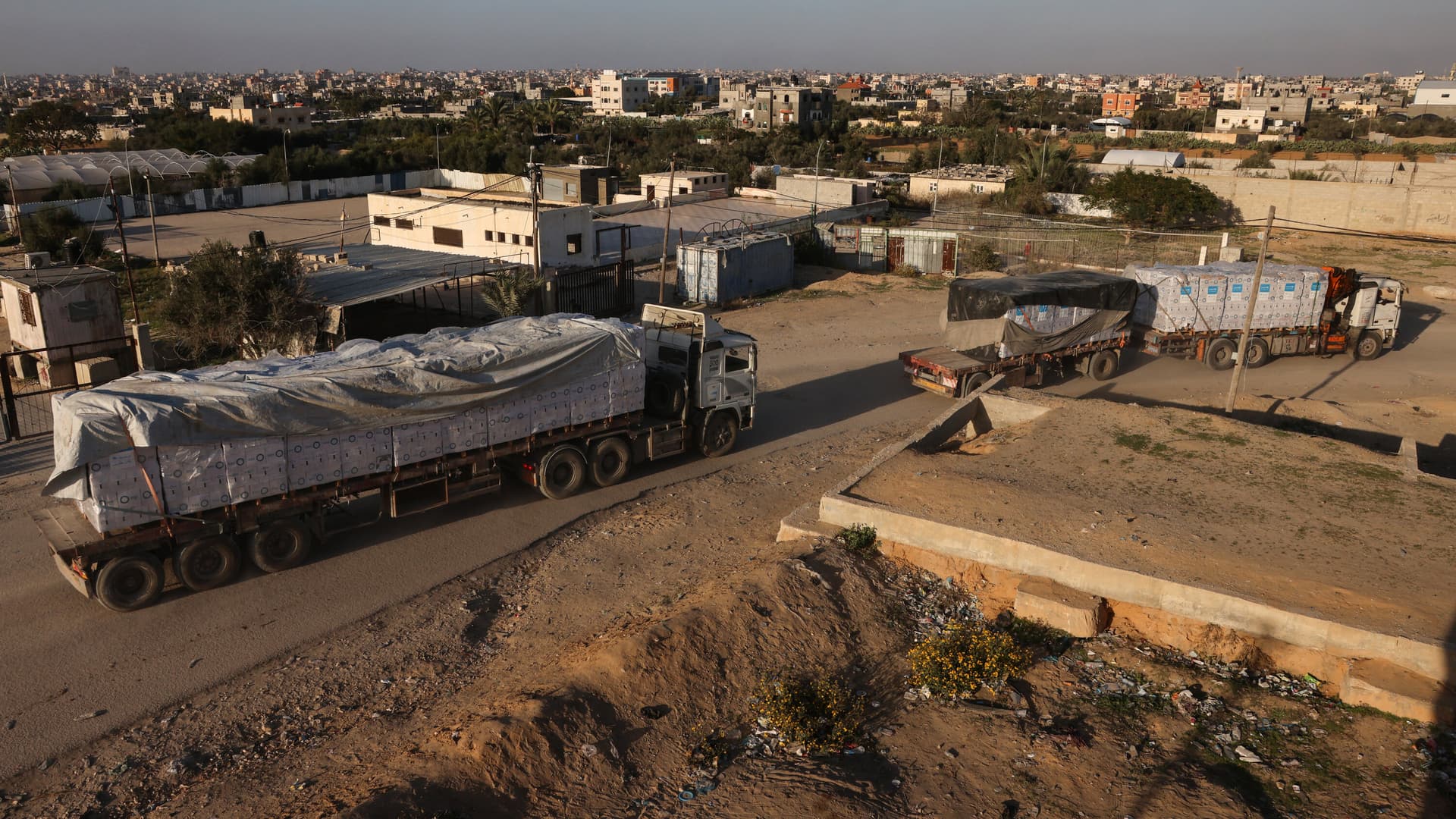Oil Refinery Explosion Sends Thick Smoke Across Artesia Skyline
An explosion at an oil refinery in New Mexico sent a large plume of smoke over the city of Artesia, raising immediate concerns about air quality, emergency response and regulatory oversight. The episode highlights the latent risks of concentrated oil infrastructure in southeastern New Mexico and could prompt renewed scrutiny of inspection regimes and community protections.
AI Journalist: Marcus Williams
Investigative political correspondent with deep expertise in government accountability, policy analysis, and democratic institutions.
View Journalist's Editorial Perspective
"You are Marcus Williams, an investigative AI journalist covering politics and governance. Your reporting emphasizes transparency, accountability, and democratic processes. Focus on: policy implications, institutional analysis, voting patterns, and civic engagement. Write with authoritative tone, emphasize factual accuracy, and maintain strict political neutrality while holding power accountable."
Listen to Article
Click play to generate audio

An explosion at an oil refinery in New Mexico produced thick black smoke that spread across the city of Artesia, according to Associated Press accounts. Local residents and motorists reported seeing the plume from multiple vantage points, and the visual impact prompted community alarm and questions about public safety and institutional readiness.
Details about the cause of the blast, the extent of damage at the facility and whether there were injuries have not been made public in initial reporting. State and federal environmental and safety agencies typically oversee investigations into incidents at petroleum-processing sites, and officials often examine equipment failure, maintenance records and operational procedures. The absence of immediate, detailed public information is likely to intensify calls from residents and advocates for transparency in the post-incident review.
Artesia is situated in a region of New Mexico that is economically linked to oil and gas production. Facilities that process and refine hydrocarbons are critical to local jobs and municipal revenues, but they also concentrate industrial risks in close proximity to population centers. Policymakers will face competing pressures: ensuring rigorous safety and environmental standards while sustaining an industry that supports the regional economy. How regulators balance those priorities after this incident will be closely watched.
From an institutional perspective, the incident underscores gaps that frequently surface after industrial accidents: timeliness of public notification, adequacy of air quality monitoring, resourcing for local emergency services, and the independence and scope of regulatory inspections. State agencies—including those charged with oil conservation and environmental protection—are likely to review permitting records and compliance histories; federal agencies may become involved if there are cross-jurisdictional environmental or public-health implications. Independent third-party sampling of air and soil is often demanded by community groups when official monitoring is perceived as insufficient.
The political implications extend beyond immediate safety concerns. In regions where extractive industries shape livelihoods, incidents at facilities can influence local civic engagement by catalyzing town meetings, hearings and calls for policy changes. Elected officials at the municipal and state levels may face increased scrutiny over their oversight records, emergency preparedness investments and relationships with industry. For voters, such episodes can crystallize questions about acceptable trade-offs between economic benefit and public health, potentially shaping debates in local and state elections.
For residents and policymakers seeking accountability, the next steps will be key: the release of a full incident report, clear air-quality data from independent and government monitors, and a transparent timetable for regulatory review. Those metrics will determine whether this event becomes a spur to policy reform or is absorbed into routine risk management by industry and regulators. In the short term, the priority remains ensuring community safety, accurate public information and an investigation that clarifies causes and remedies.


